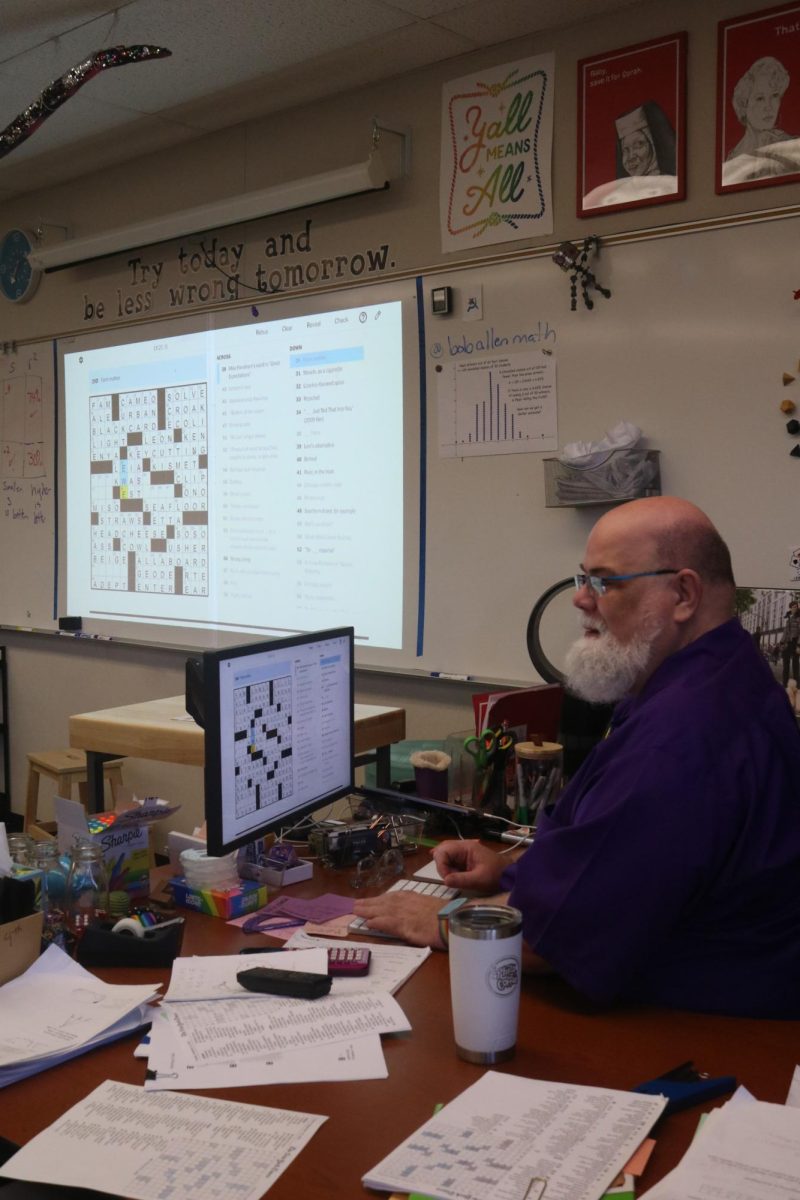The new school year has brought many changes, but the most impactful change to students by far has been the new tutorial/student support system.
It involves using responsive scheduler on Infinite Campus, allowing students to sign up online for their 30-minute student support periods each week.
Student support takes place after first and second periods every day except Wednesday, allowing students to get additional help in any class they want. Responsive scheduler makes it much easier for students to do that.
The system has been in the district for several years in middle schools and some high schools, such as San Ramon Valley and Monte Vista.
The previous student support system involved students getting passes from teachers so they could go to another classroom. Otherwise, students would stay in their first or second period class.
There are many reasons why responsive scheduler is better than the old system.
First of all, more students can get the help they need. They can plan in advance classes to attend depending on their needs. As a result, students can be part of a better environment for focusing and learning.
For example, if students had first or second period PE last year, they would have to change into their regular clothes and sit in the event center to do their work. Now, they’re able to find the right environment to learn.
Plus, having students sign up online allows teachers and administrators to keep better track of students. In the case of an emergency, staff knows where to find all students.
The new system also allows students to enter more classrooms, expanding students’ view of the campus by exposing them to classrooms they may have never visited before.
Students can also sign up for a class if they know they’re going to be absent during a test or project. This way, they can take the test on a different date or get support on a project if they were absent.
There are many reasons why the old system of having students request passes is widely ineffective.
Advocates of the old system argue that it allowed students to stay in their classes and do their homework instead of changing classrooms. But students can still do this by signing up for their first or second period teachers’ support class.
Although some teachers have more specialized classes, students can still sign up for the period and work quietly. But with the new system, students can now choose to attend another class that better meets their needs.
A major problem with the previous system is that many tutorial sessions were unorganized. For example, a student could request to meet with a teacher to review a new topic introduced in class, but the teacher is busy helping other students with a test retake.
This issue is now fixed with the new responsive scheduler system because each class students sign up for has its own description written by the teacher. If a class has the description “Test Retakes,” there’s no confusion as to what a student is signing up for.
Another problem with the old system was that students could neglect to go to classes where they needed support.
If it’s optional to sign up for support period, students struggling with a subject might not be inclined to get the help they need.
Responsive Scheduler makes it so that students have to sign up for a class, encouraging them to find support. Plus, teachers can request specific students attend their support and those students must attend or risk getting a cut.
Responsive scheduler has been standard in the school district for a while, and it’s about time Cal started using it.


